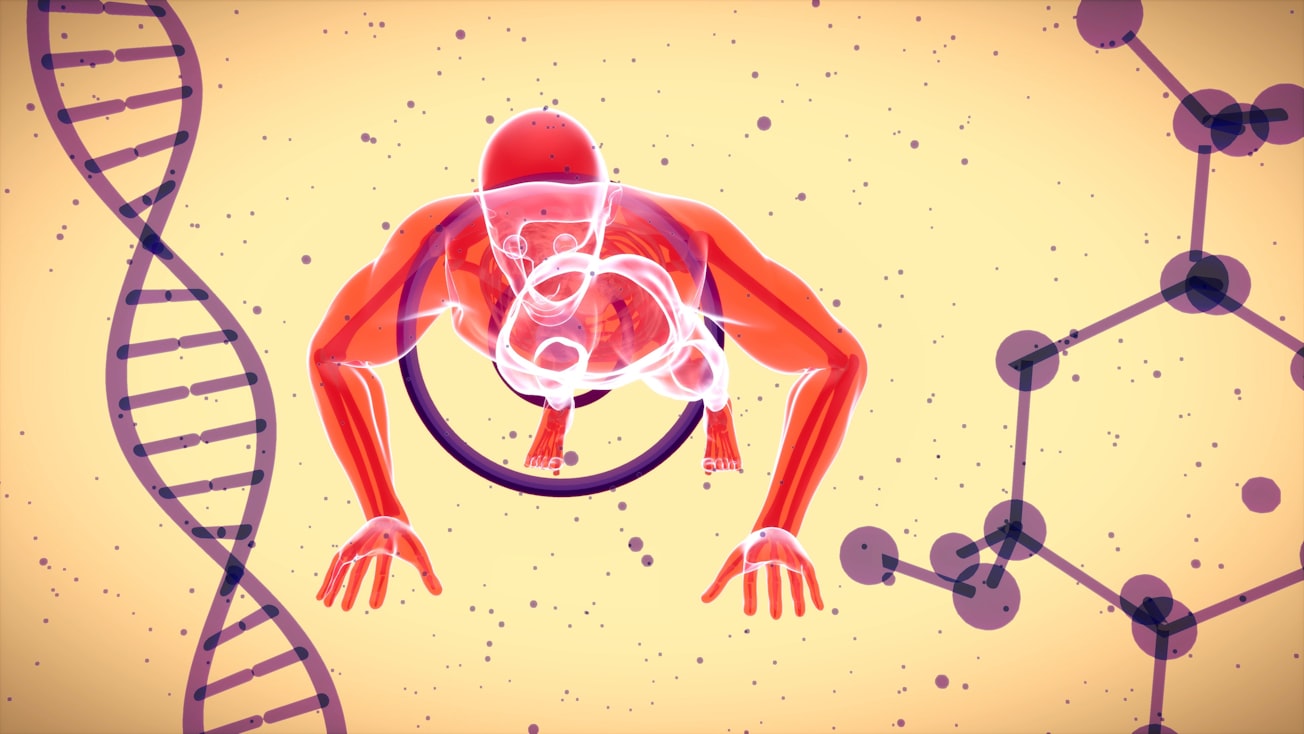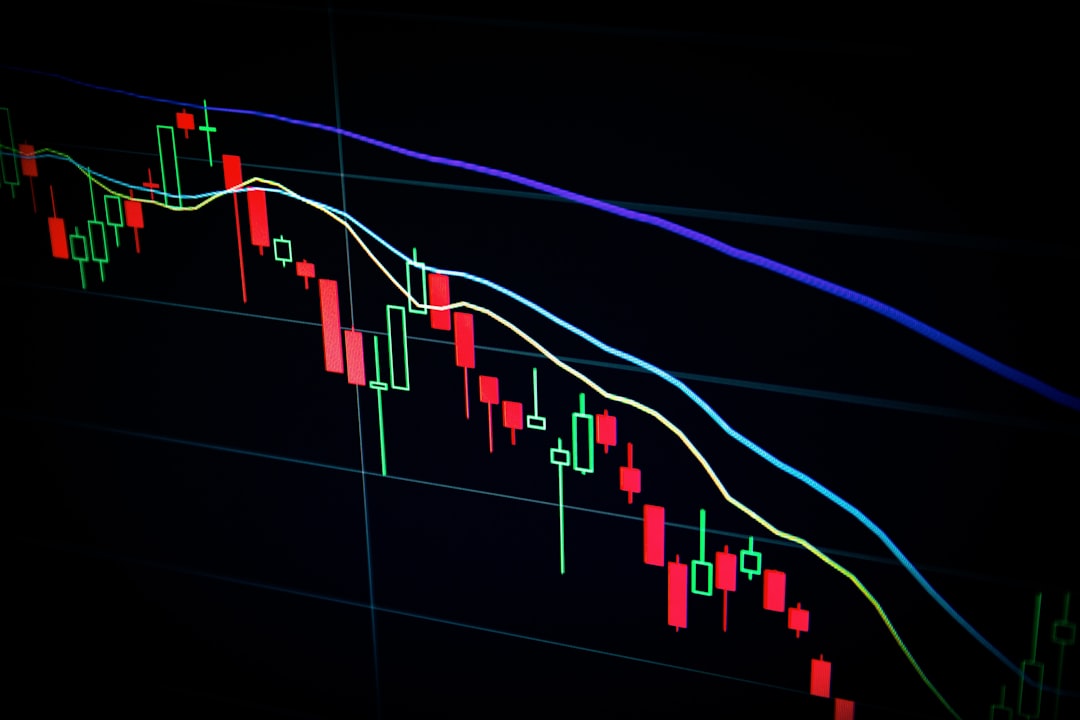What is it about?
This work introduces a new approach to develop ultrasensitive biosensors for the detection of fM level molecular biomarkers. The key principle is the integration of single molecule manipulation and single molecule interaction analysis to surpass the thermodynamic limits.
Featured Image

Photo by julien Tromeur on Unsplash
Why is it important?
Conventional biosensors are limited by the thermodynamic limits, leading to insufficient sensitivity with the limit of detection at the pM level. But many molecular biomarkers are of low abundance in body fluid, usually at the fM level or even less. The develop of ultrasensitive biosensors could enable the discovery of new biomarkers as well as new diagnostic tools. In this work, we presented an alternative dynamic single molecule approach to surpass the thermodynamic limits, and achieved sub-fM level detection of limit. It is sensitive, rapid and compatible with most probes.
Perspectives
The surface plasmon resonance (SPR) biosensors have been recognized as the standard technology for measuring the kinetics of molecular interaction. The recent decades have seen its evolution into single molecule interaction detection platform as the SPR microscopy. However, it is not clear how the detection of single-molecule interaction kinetics could help improve the biosensing performance. In this work, we successfully developed ultrasensitive biosensors by exploring the binding kinetics at the single-molecule level. This could thus inspire on similar schemes on other platforms of single-molecule interaction monitoring. Also, we have included the single-molecule manipulation technique to show the tuning of single-molecular interaction kinetics to improve the efficiency of this biosensor.
Hui Yu
Shanghai Jiao Tong University
Read the Original
This page is a summary of: Dynamic single-molecule sensing by actively tuning binding kinetics for ultrasensitive biomarker detection, Proceedings of the National Academy of Sciences, March 2022, Proceedings of the National Academy of Sciences,
DOI: 10.1073/pnas.2120379119.
You can read the full text:
Resources
Contributors
The following have contributed to this page










